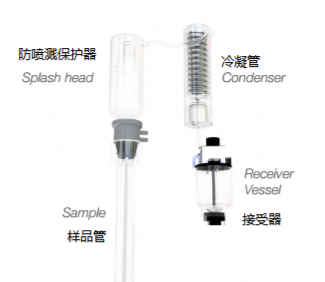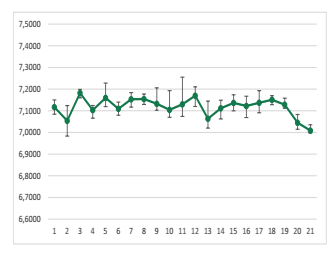PCATALOG
Optimized Kjeldahl Titration-The impact of different titration technologies in Kjeldahl analysis
Pubdate:2020-06-23 Click:961
Several factors will affect the performance of a Kjeldahl Analyzer, i.e. an instrument that automatically distill and titrate a sample to determine Protein. The OPSIS LiquidLINE KielROC Analyzer is designed to achieve the highest performance for this analysis with a colorimetric titration, a unique titration algorithm (predictive titration) and several design choices to minimize carry-over effects and creation of air bubbles.This document will describe these options and how they impact the final result of the analysis.


Reference samples should be analyzed to verify the performance of a Kjeldahl Analyzer.Most common is to analyze a substance with a known amount of Nitrogen, such asAmmonium lron Sulfate( (NH4)2Fe(SO4)2).
The analysis should give a complete recovery, no carry-over effects and a low standard deviation (rsd). The OPSIS LiquidLINE KjelROC Analyzer has a relative standard deviation (rsd) of less than 0.75%. A specific program testing the recovery, called Performance Tracking, is available in the software and is used in the production control of all instruments.
Good design leads to an instrument with very low detection point and a low quantification limit for samples. This is due to low variation of the blank, and therefore limited noise wher analyzing low levels of Nitrogen. The Lowest Quantification Limit (LOQ) of the OPSIS LiquidLINE KielROC Analyzer can be as low as 0.013 mgN.

